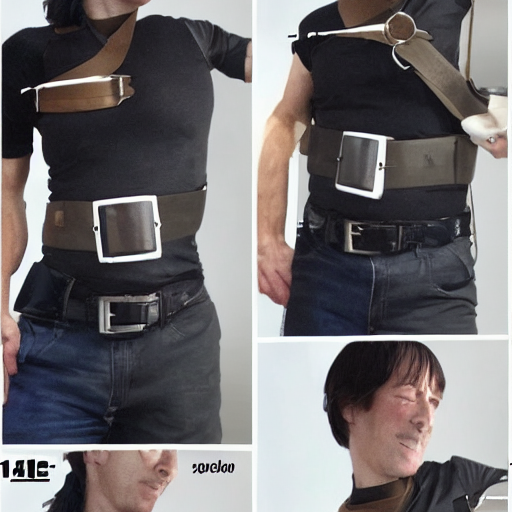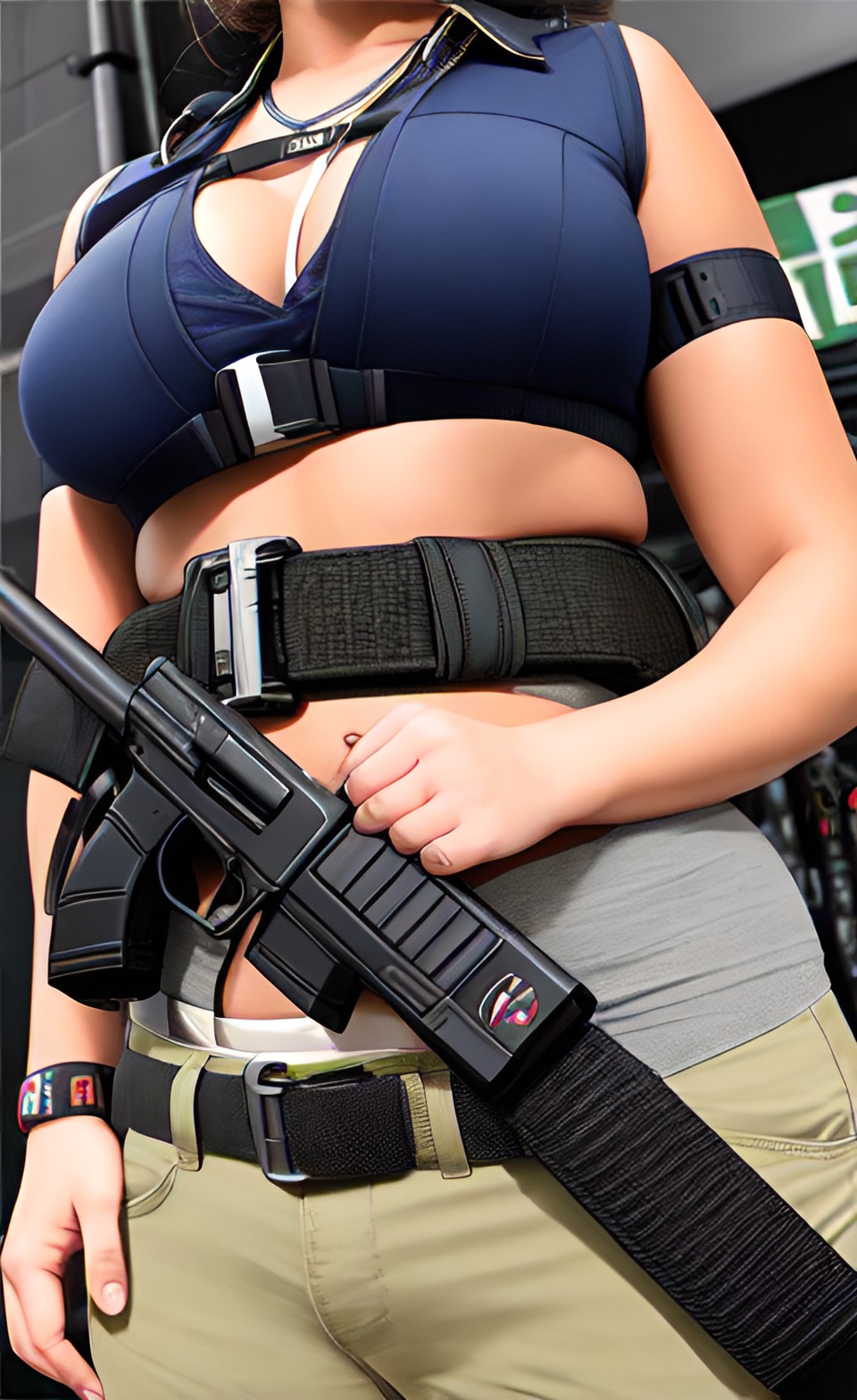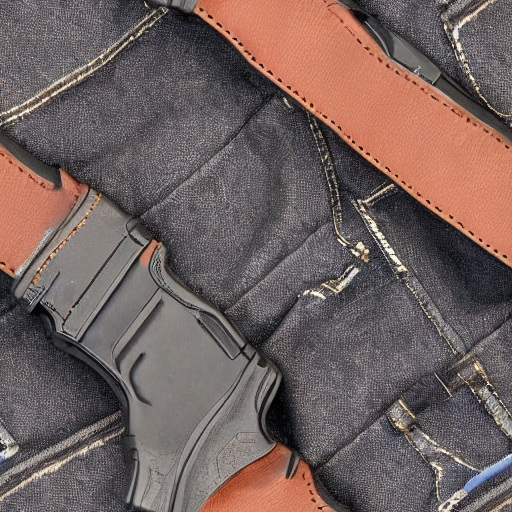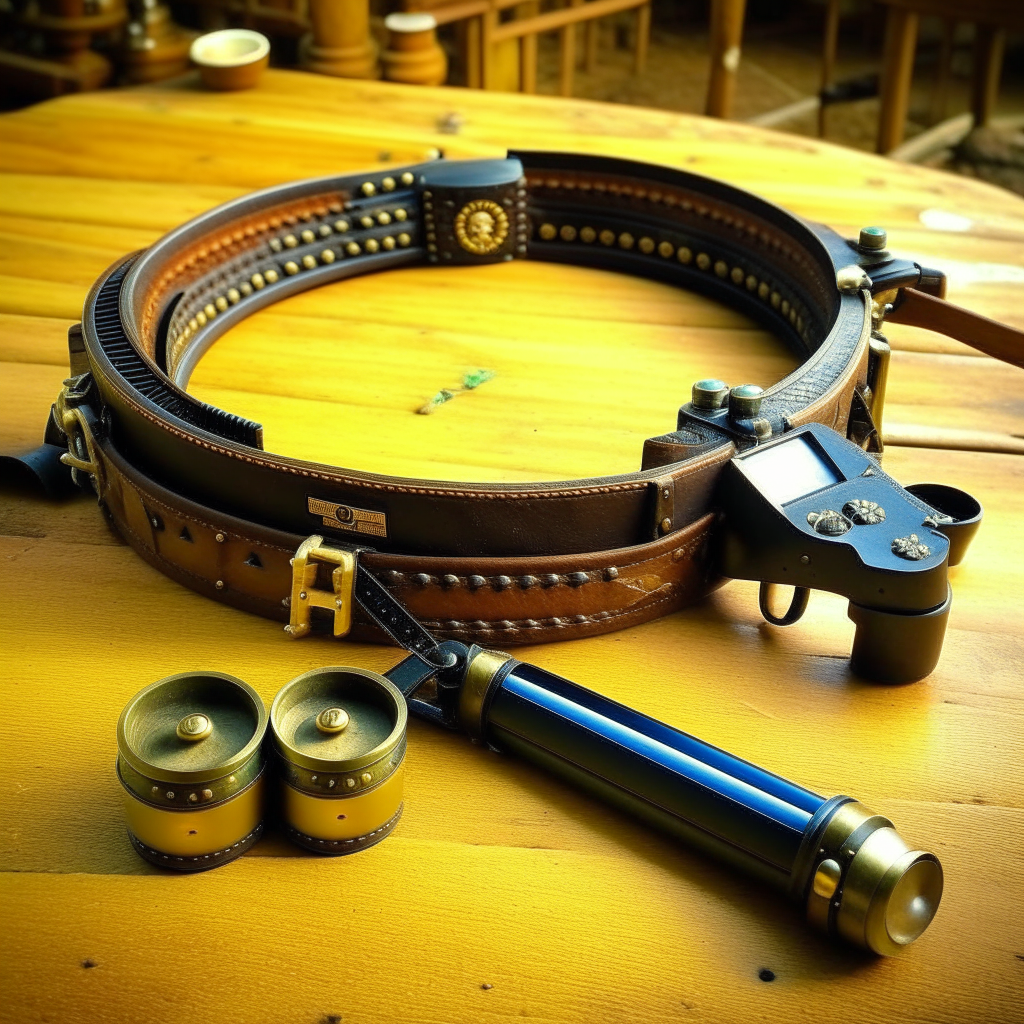The gunbelt is a quintessential accessory in the world of firearms, serving to secure and carry a handgun comfortably and conveniently. While modern gunbelts have evolved into high-tech, tactical accessories, with versatile features such as magazine holsters and attachment points for other gear, this wasn’t always the case. Exploring the history and evolution of the gunbelt reveals a fascinating path that has shaped the way shooters carry their sidearms.
The origins of the gunbelt can be traced back to the days of the Wild West in America, where cowboys and lawmen relied on handguns for protection in the untamed frontier. During this era, gunbelts were primarily made of leather and consisted of a sturdy belt to hold up trousers and a holster to carry a revolver. These early gunbelts focused on practicality and quick draw times, ensuring that the wearer could access their firearm in critical situations.
As handguns and gunbelt manufacturing advanced, variations emerged to suit different needs. For example, law enforcement officers adopted gunbelts with more bullet loops, allowing for a higher ammunition capacity. The traditional Western-style gunbelts with single or double holsters remained popular among everyday citizens, who required a reliable means of defense while traveling or settling in a new region.
In the mid-20th century, an increasing interest in firearms and personal defense led to the emergence of different types of gunbelts. Target shooters and competitive shooters sought specialized gunbelts that provided easy access to spare magazines and additional equipment. These belts often featured slots for magazine holders, allowing shooters to quickly reload during competitions.
However, it was during the late 20th century that the gunbelt truly underwent an evolution, thanks to advancements in technology and the rise of tactical gear. With law enforcement and military personnel requiring more versatile carrying options, gunbelts began to incorporate various pouches, holsters, and attachment points. The focus shifted beyond merely carrying a handgun to equipping the wearer with a complete tactical system.
Modern gunbelts boast an impressive range of features designed to support the needs of armed professionals and gun enthusiasts alike. Instead of traditional leather, materials like nylon and reinforced webbing are commonly used, providing strength and durability. These materials also make it easier to integrate modular platforms, allowing shooters to attach holsters, magazine pouches, medical kits, or radio holders exactly where they need them.
Furthermore, advancements in quick-release buckles and adjustable closures make it effortless to don and adjust the gunbelt. This ensures a secure fit, prevents sagging, and allows for comfort during extended wear. Some gunbelts even feature padded sections to distribute the weight of the gear more evenly, reducing strain on the wearer’s hips and lower back.
The popularity of concealed carry permits in many jurisdictions has also spurred the development of purpose-built gunbelts. These specialized belts are designed to evenly distribute the weight of firearms and assist with concealing them effectively. They often come equipped with reinforced areas to accommodate the additional weight of a concealed handgun and eliminate any printing or bulging.
The gunbelt has come a long way from its humble beginnings as a simple leather strap and holster combination. Today, it has evolved into a highly functional and adaptable tool, capable of meeting the diverse needs of armed professionals and enthusiasts. Whether in law enforcement, the military, or competition shooting, the modern gunbelt is an essential accessory that supports the safe and efficient use of firearms.







